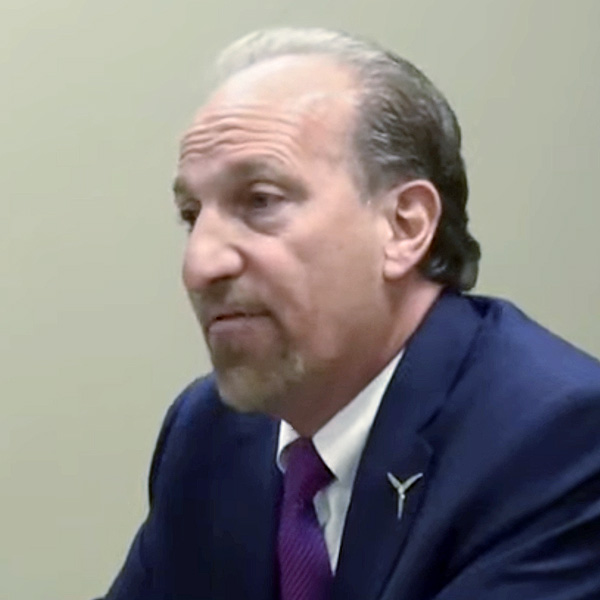The churn in New York’s offshore wind industry reached a crescendo Jan. 25, with ownership changes, contract cancellations and new proposals announced.
The cancellations effectively reset the state’s offshore development pipeline almost to zero, albeit briefly, as thousands of new megawatts are in advanced negotiations, and bids for thousands more were submitted this week.
The day’s highlight reel went like this:
-
- Ørsted announced plans to buy out Eversource’s 50% stake in Sunrise Wind if the project goes forward.
- Equinor and bp announced they are dividing up their joint projects, with Equinor taking full ownership of Empire Wind and bp taking full ownership of Beacon Wind.
- Ørsted and Eversource pulled out of their offtake contract with the state for Sunrise and submitted a new bid on an updated version of the proposal.
- Equinor and bp, which previously cancelled their Empire Wind 2 contract, also now have canceled Empire Wind 1. They submitted a rebid for Empire 1 but are holding off on Empire 2.
- Equinor and bp also reached a deal to cancel the state contract for Beacon Wind 1. They did not indicate what would become of that project, or of Beacon Wind 2, which had not been awarded a contract. In its news release, bp said only that it would independently pursue future U.S. offshore wind opportunities.
- Finally, the National Grid Ventures-RWE joint venture Community Offshore Wind — which the state chose in late 2023 for a 1.3-GW offtake contract — announced Jan. 25 it had submitted a proposal for a second 1.3-GW offshore wind farm.
The afternoon of Jan. 25 was the deadline for proposals in New York’s fourth offshore wind solicitation. Details were not immediately available, except for the limited information from those developers that chose to publicize it.
Attempting A Rebound
Renewable energy development in New York reached a crisis point in 2023, as long-running review and permitting processes combined with soaring costs to make previously contracted proposals unprofitable and unable to proceed to construction.
Offshore wind was the most visible example because of the huge sums of money involved, but onshore wind and solar had similar financial pressures.
New York declined in October to provide more money to those projects, triggering mass cancellations. (See NY Rejects Inflation Adjustment for Renewable Projects.)
With Sunrise, Empire and Beacon (combined capacity 4,230 MW) now gone, the only offshore project with a New York contract is South Fork Wind, which is nearing completion but will produce a maximum of only 132 MW.
New York has scrambled to rebound from this potentially disastrous setback to its clean energy goals. (See New York Scrambles to Maintain Momentum in Energy Transition.)
In late October, it announced provisional contracts for three offshore projects totaling 4 GW and 22 onshore projects totaling 2.4 GW. The three offshore wind proposals — Attentive Energy One, Community Offshore Wind and Excelsior Wind — then went to final contract negotiations. (See NY Announces Renewable Energy Projects Totaling 6.4 GW.)
The state also announced expedited solicitations for new projects and allowed developers to rebid existing proposals at higher cost if they first canceled their earlier contracts. (See New York Issues Expedited Renewable Energy Solicitations.)
The deadline for offshore bids was 3 p.m. on Jan. 25.
The deadline for large-scale onshore bids is 3 p.m. on Jan. 31. Sixty-eight onshore renewable projects totaling more than 5.6 GW were submitted by the prequalification deadline, Dec. 28. Sixty of those were existing projects whose developers canceled their previous contracts.
Churn Continues
Ørsted and Eversource have suffered amid the offshore wind industry’s growing pains in the United States. Both have recorded billions in impairments, and Eversource has been searching for more than a year for a buyer for its share of the venture.
Ørsted’s takeover of Sunrise is conditioned on the 924-MW wind farm plan being chosen for an offtake contract and on regulatory approvals. But Sunrise is a rare commodity in a struggling market — a mature project with supplier and labor agreements in place, state approvals in hand and final federal approval anticipated later this year.
Construction could be completed by 2026 if it is chosen in the solicitation that closed Jan. 25, Ørsted said.
Ørsted and Eversource also are a known commodity, currently completing South Fork and starting work on Revolution Wind, a Connecticut-Rhode Island project.
Ørsted Americas CEO David Hardy said: “Following a thorough risk review of our U.S. portfolio, we’re comfortable with taking full ownership of Sunrise Wind if the project is awarded in New York 4. This transaction is a value-accretive opportunity for Ørsted and the best path forward for the project.”
The price tag of the buyout was not disclosed.
Eversource would remain contracted to lead onshore construction of Sunrise.
Meanwhile, Equinor and bp also have had financial problems trying to move forward with offshore development.
Along with the offshore assets, they are divvying up their onshore efforts:
Equinor will take over bp’s 50% interest in the lease for the South Brooklyn Marine Terminal, which is planned for development as a hub for offshore wind activity in the New York Bight.
And bp will take Equinor’s 50% interest in the Astoria Gateway for Renewable Energy site, which will host a converter station where electricity from offshore wind will be connected to the New York grid.
Their agreements are cash neutral.


